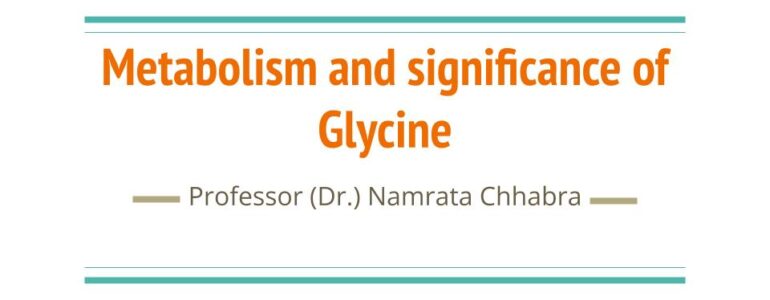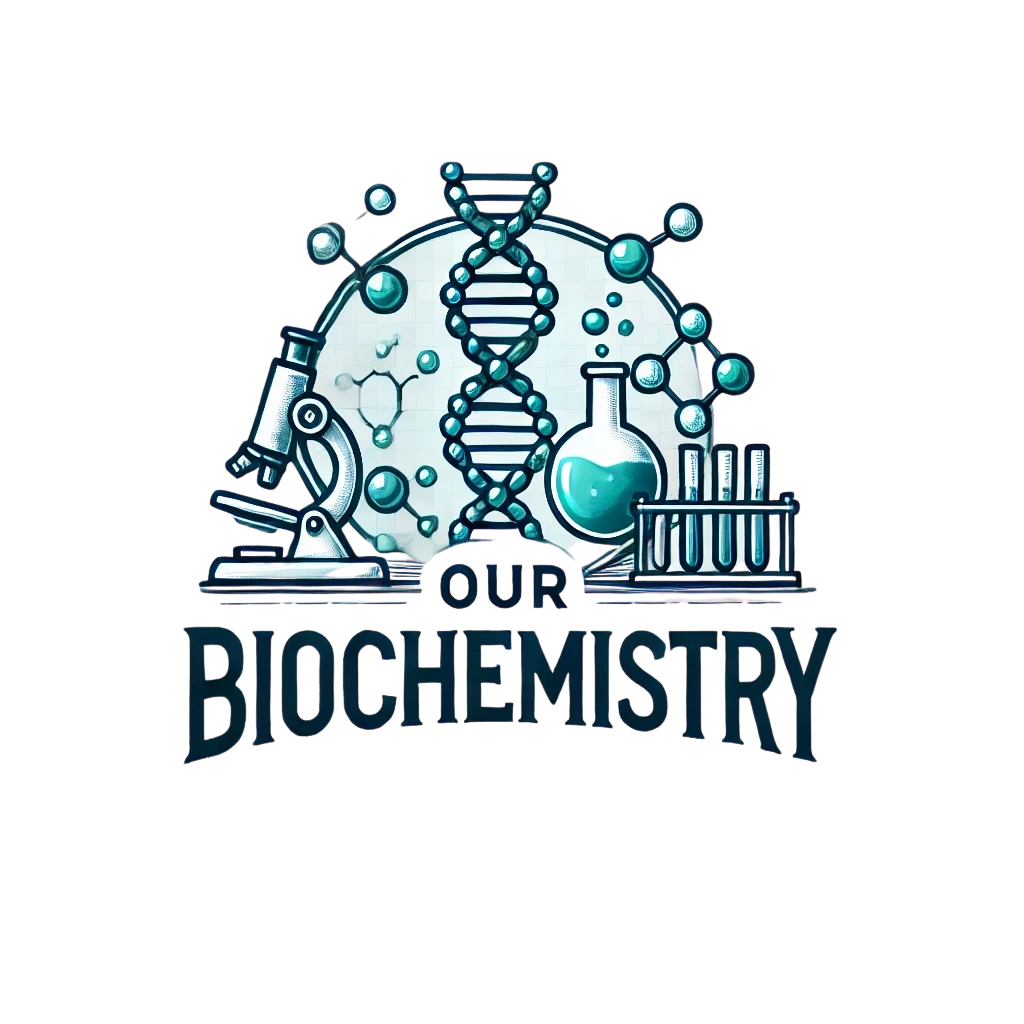Library
Our Biochemistry > Library
Metabolism and significance of Glycine
28
Nov

Glycine, a non-essential amino acid, has vital metabolic roles, including serving as a constituent of collagen, a one-carbon donor, and a precursor for purine nucleotides, bile salts, and heme. Clinically, defects in glycine metabolism can lead to conditions like hyperoxaluria, nonketotic hyperglycinemia, and glycinuria, contributing to significant health implications such as oxalate stone formation and neurological disorders.
Posted in:
Amino acid metabolism ,
Learning resources ,
Library ,
Metabolism of Amino acids ,
Metabolism of Amino acids ,
PowerPoint Presentations ,
PowerPoint presentations ,
USMLE Content ,
Biochemistry Challenge- Part 2
24
Nov

"Explore real-world applications of biochemistry through 21 engaging questions that connect metabolic pathways to clinical insights. Tackle scenarios like cyanide poisoning, enzyme regulation, metabolic disorders, and more. Sharpen your critical thinking as you dive into the intricacies of glycolysis, amino acid metabolism, and energy production. A must-read for anyone looking to bridge biochemistry with clinical practice!"
Posted in:
Learning resources ,
Library ,
Practice questions ,
QUIZZES ,
USMLE Content ,
USMLE Style questions ,
USMLE styled question bank ,
Tags:
6-Bisphosphate,
Ammonia Detoxification,
Anaerobic Glycolysis,
Arsenate Poisoning,
Biochemistry,
Collagen mutation,
Cyanide Poisoning,
Cystathionine-β-Synthase Deficiency,
Fatty acid oxidation,
Fructose 2,
GABA Synthesis,
Galactosemia,
Glycogen Metabolism,
lactic acidosis,
Maple syrup Urine disease,
McArdle’s Syndrome,
Metabolic pathways,
Pentose Phosphate Pathway,
PFK-1 Regulation,
Thyroid Hormone,
Tyrosinase Deficiency,
von Gierke’s Diseas,
